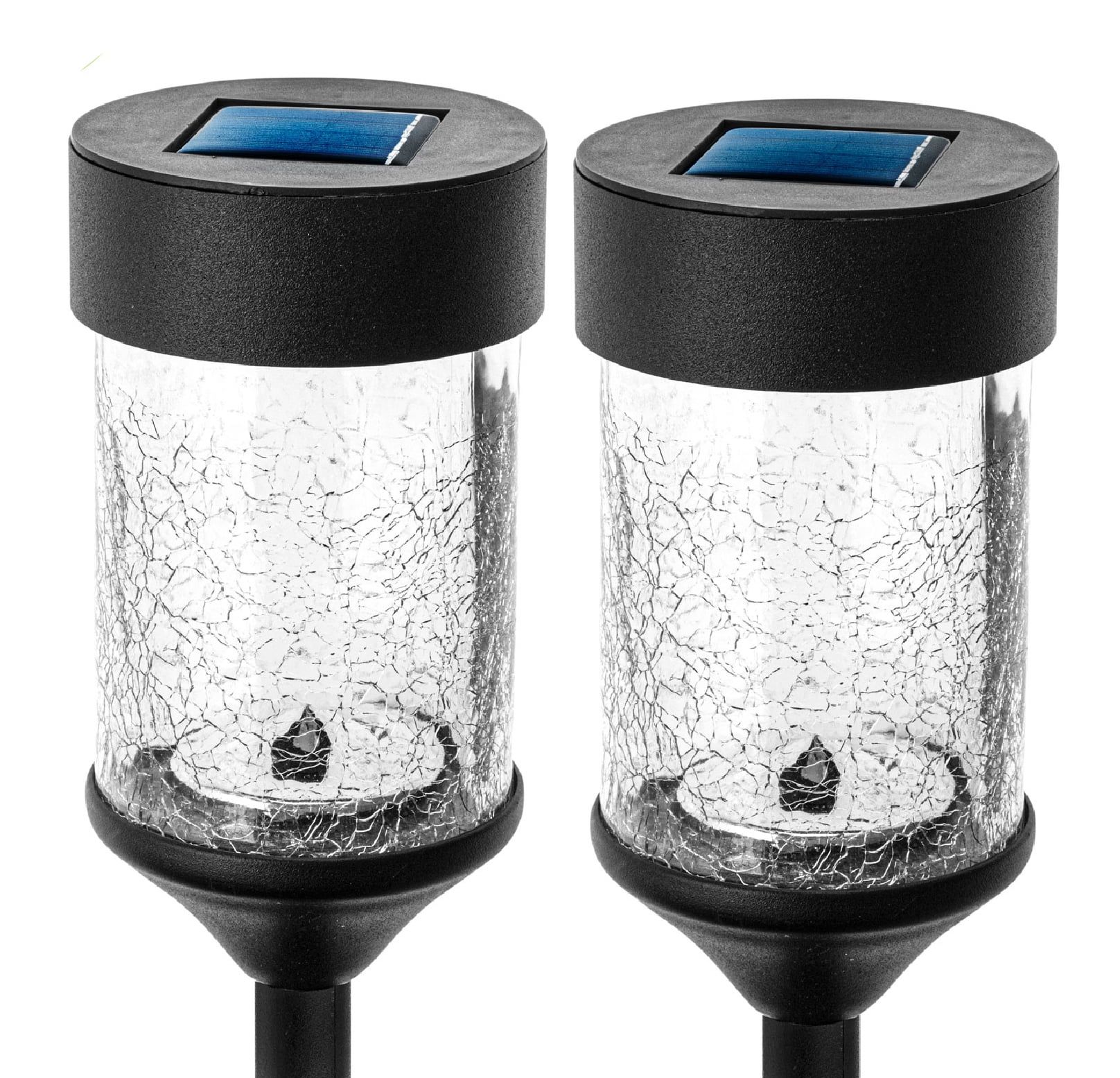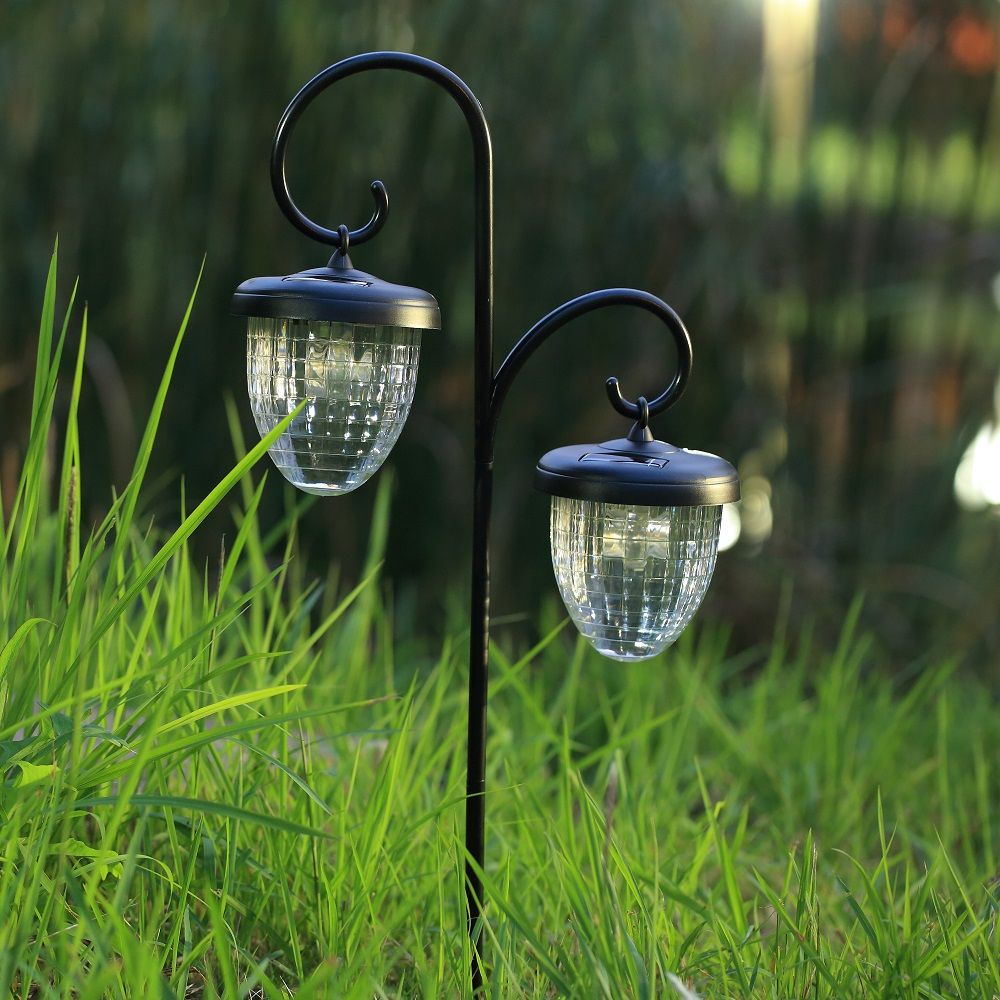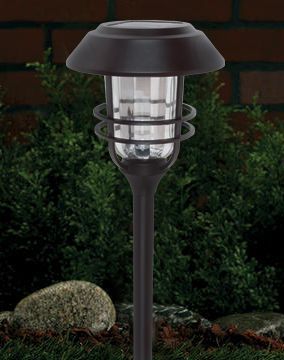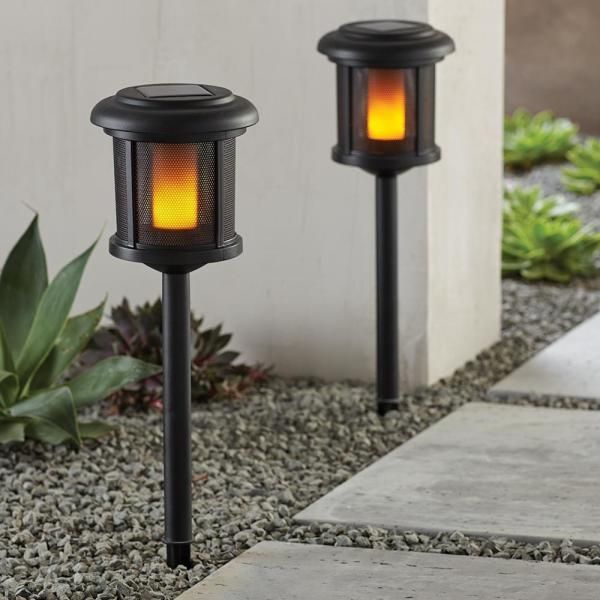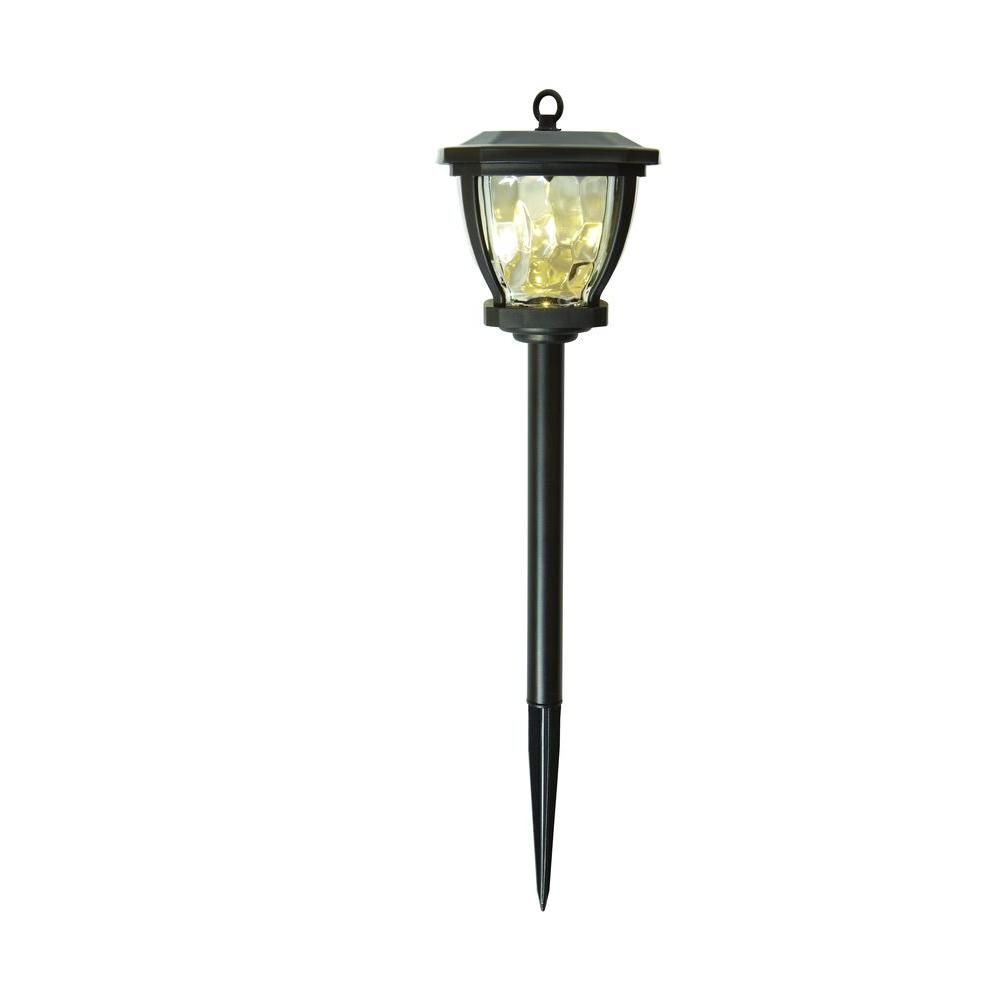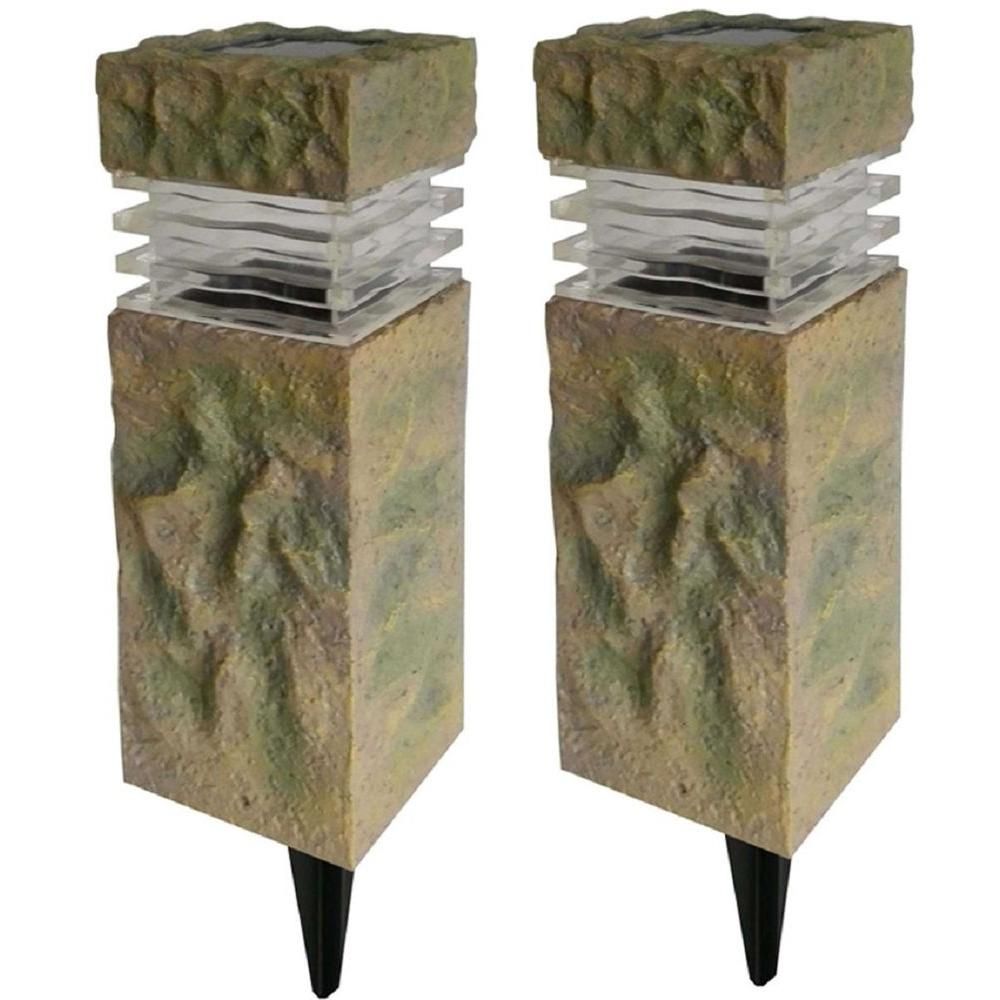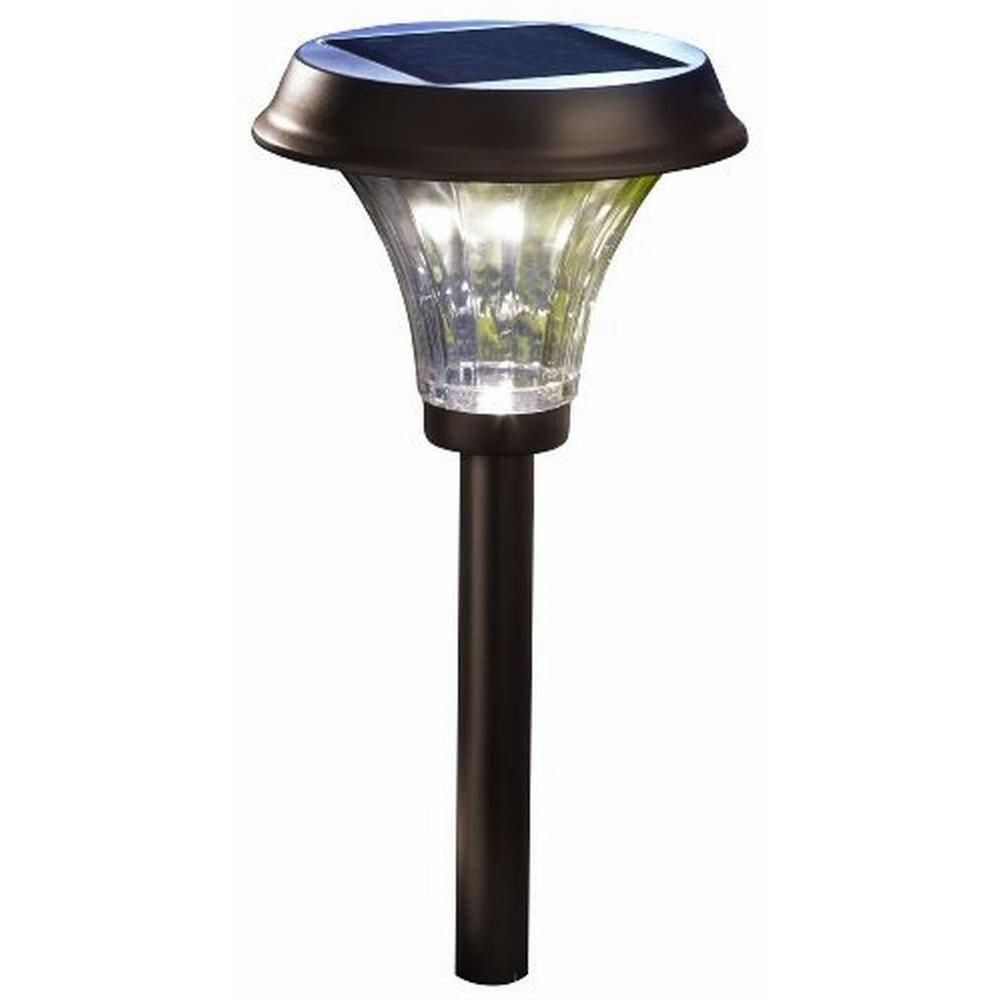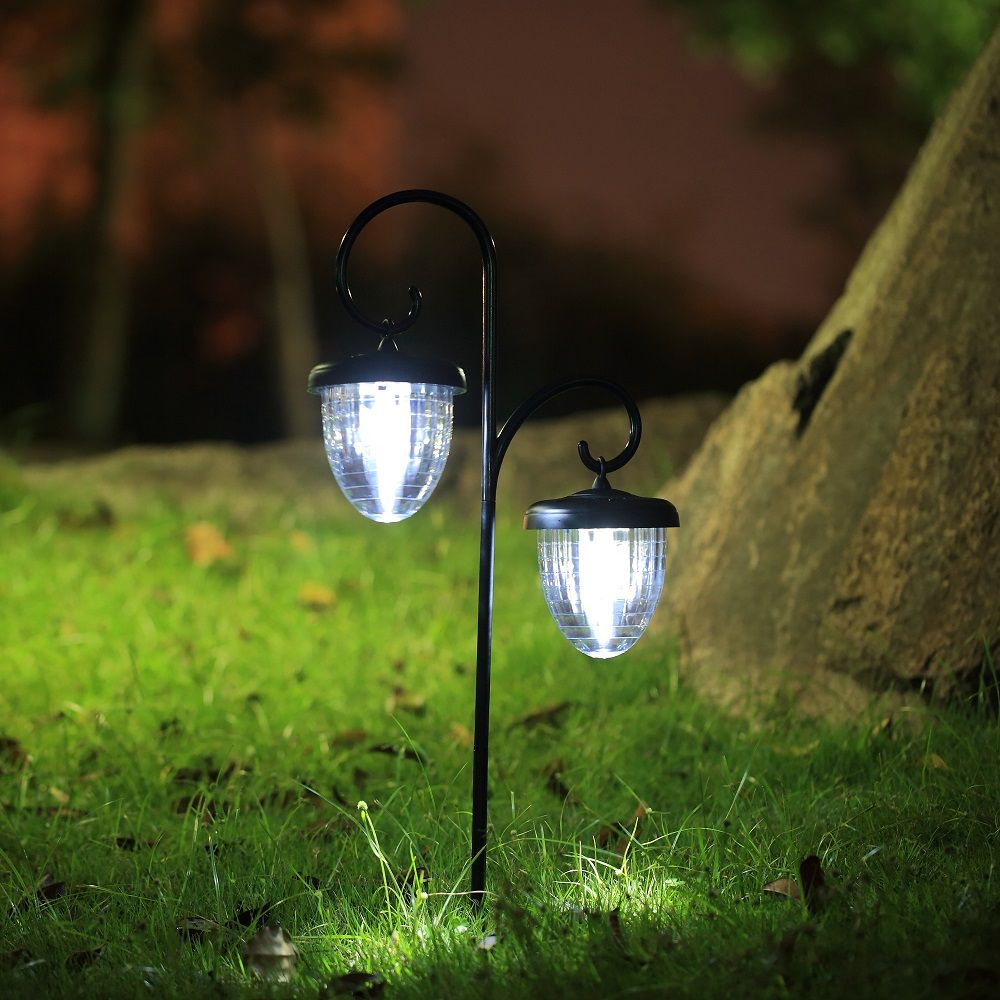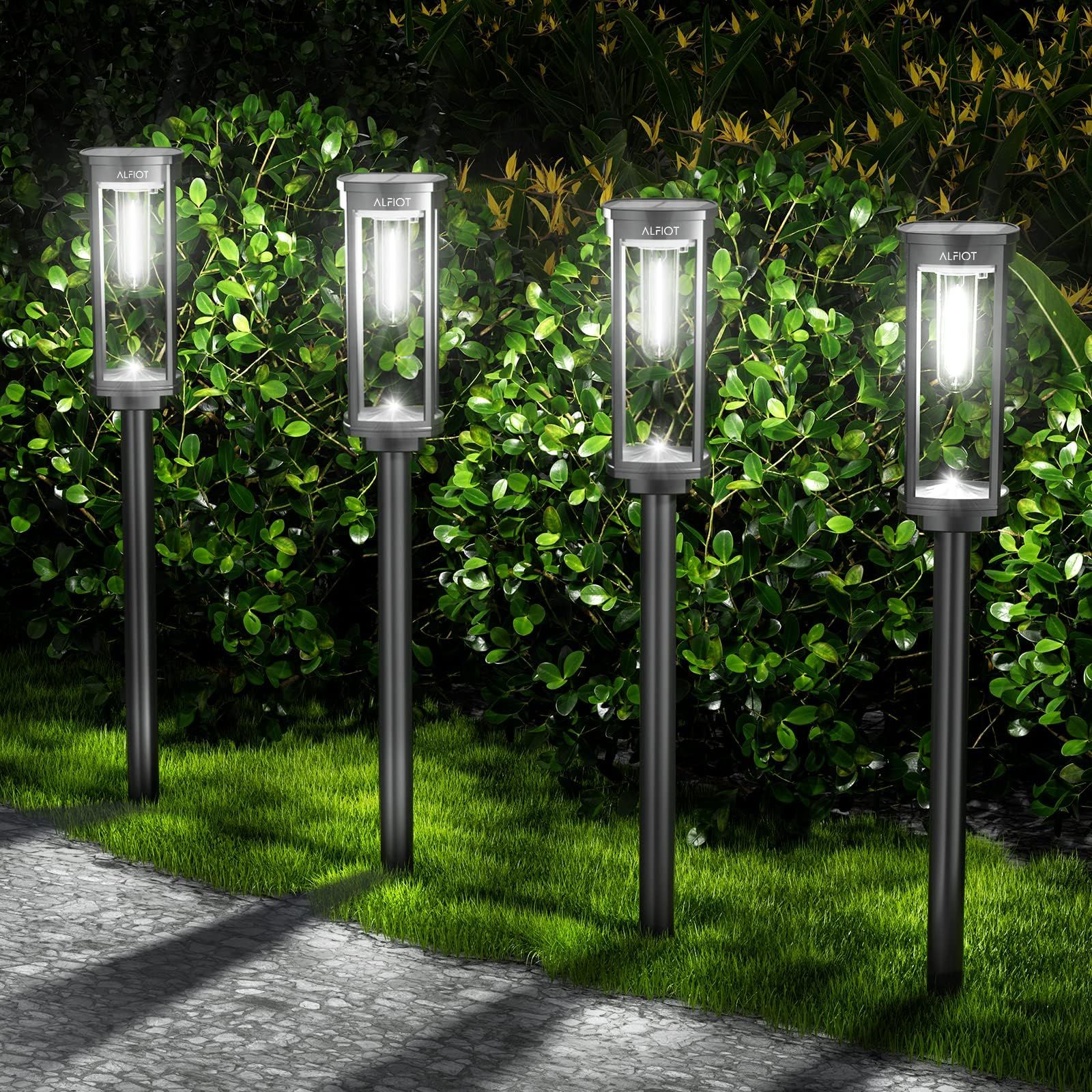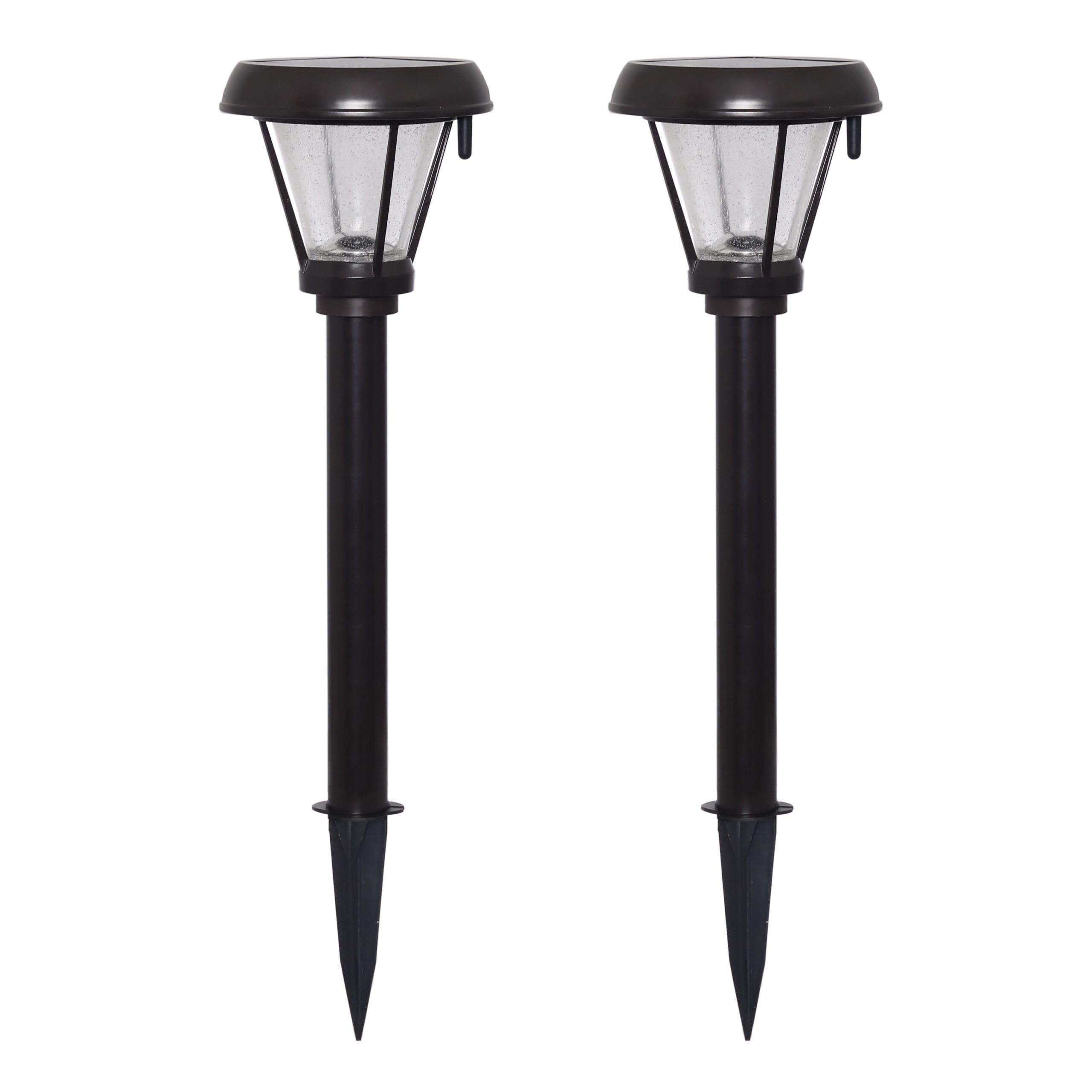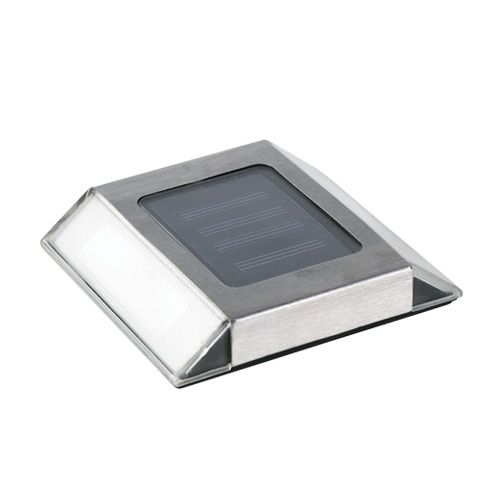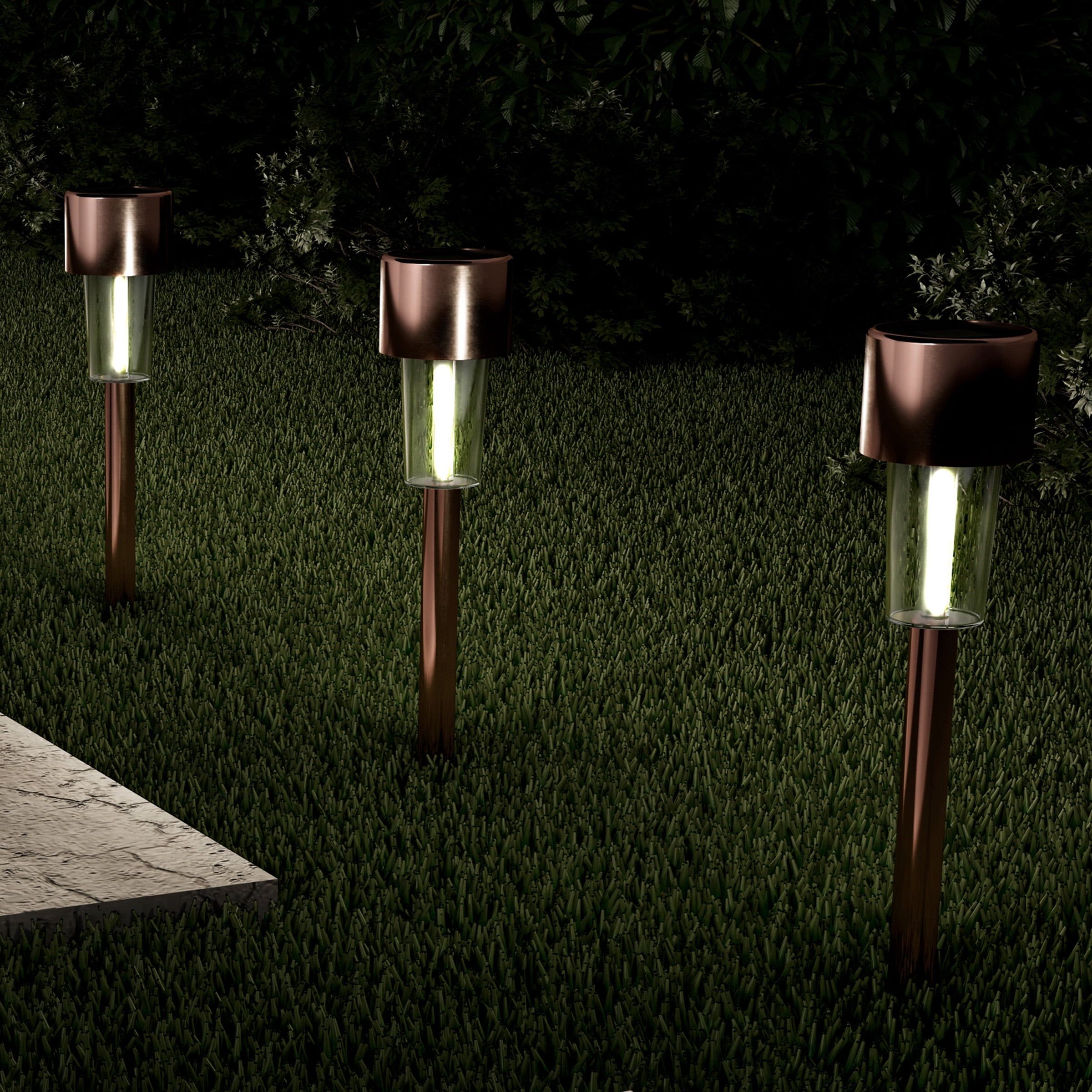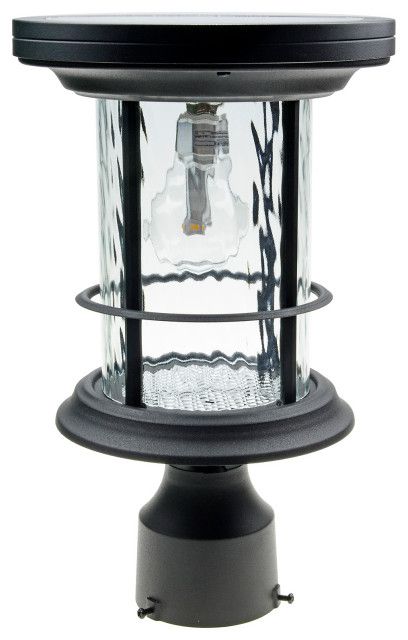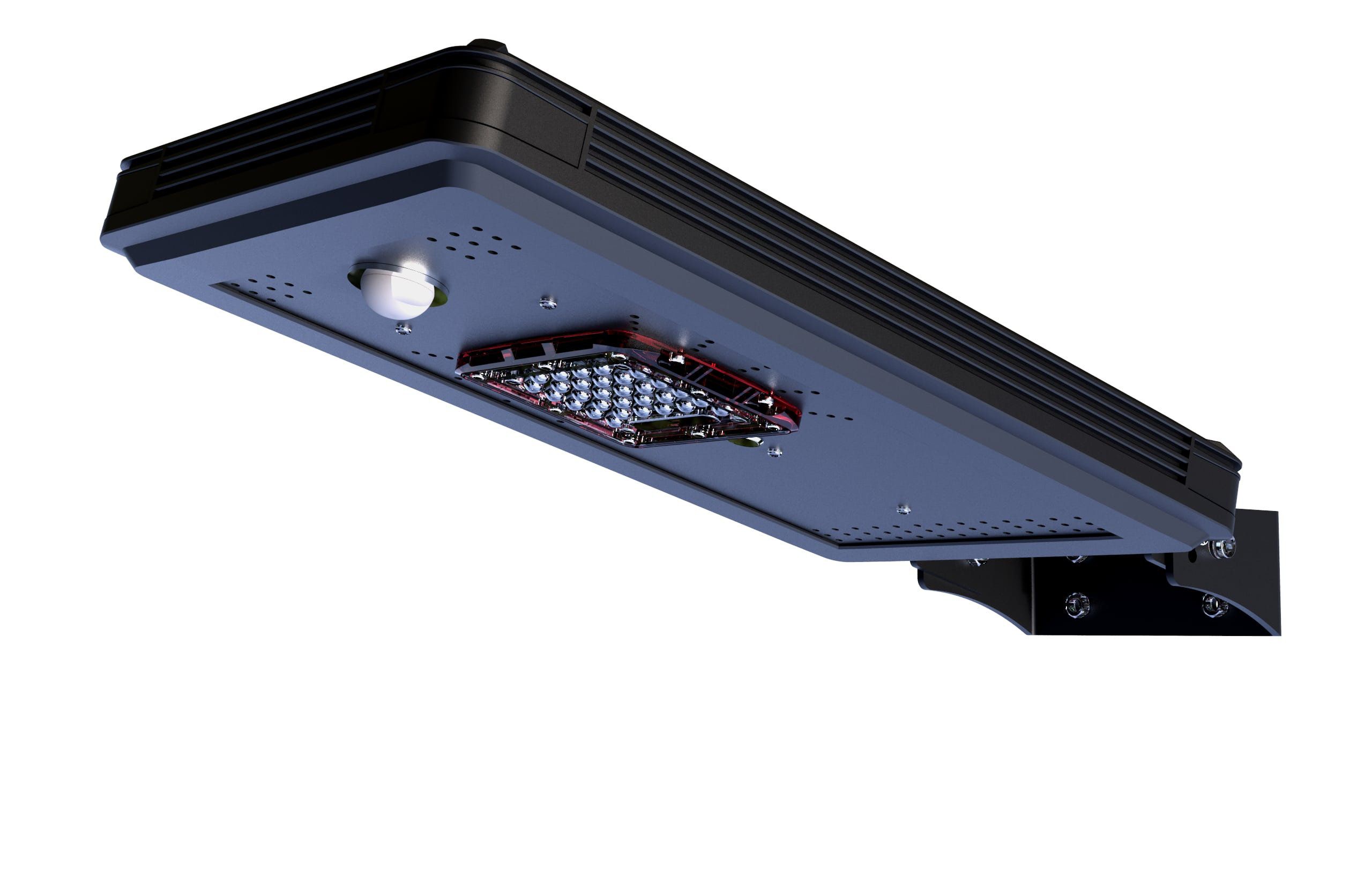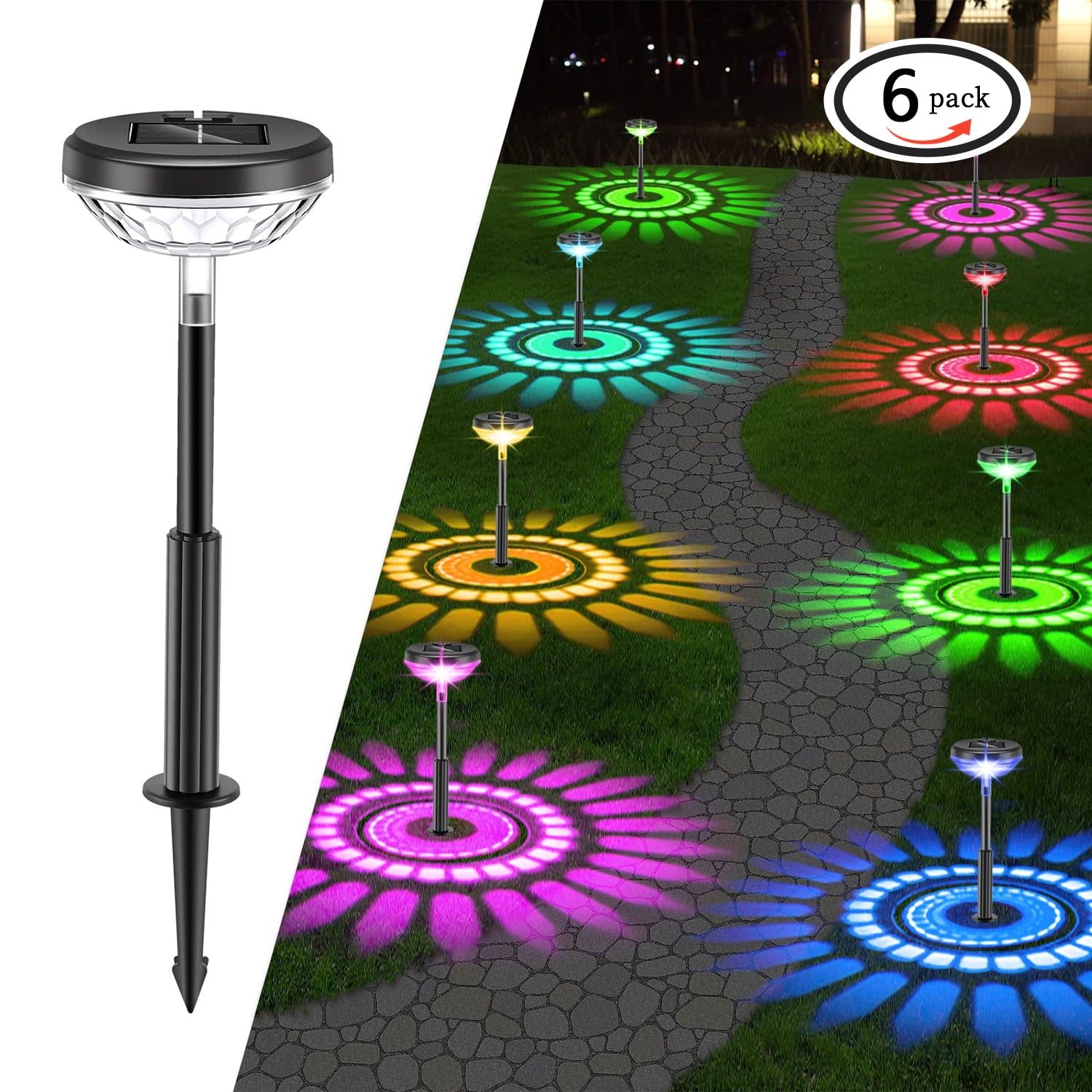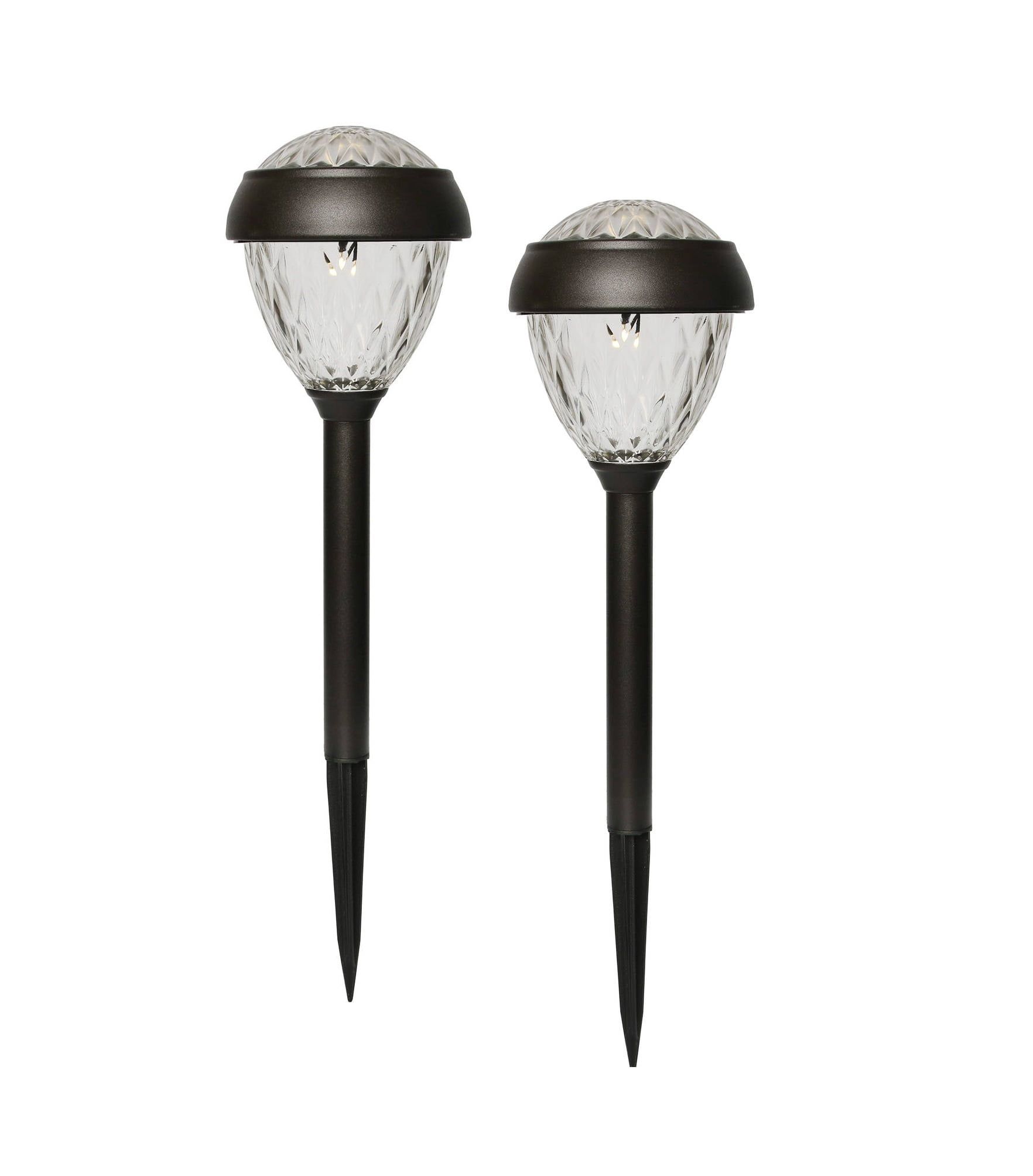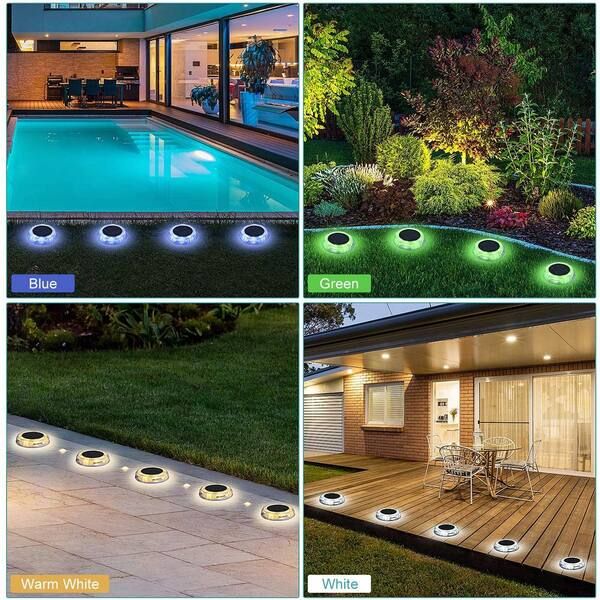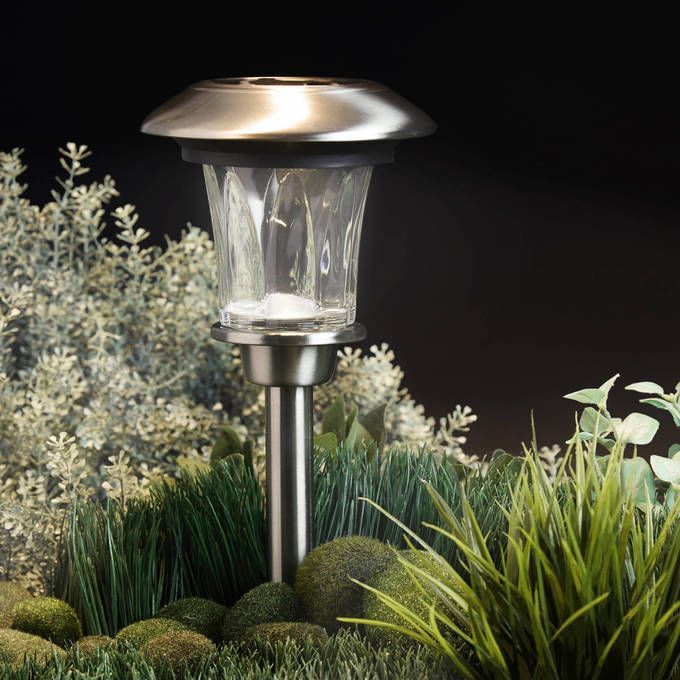Hello, fellow garden lovers. Welcome. I’m so excited to talk about something that can really transform your outdoor spaces: solar pathway lights. These little wonders not only add a touch of magic to your garden at night, but are also a smart, eco-friendly choice. Let’s dive in and figure out how to choose the best ones for your unique needs and esthetic.
I’ve always believed that a well-lit garden is a welcoming garden. Picture this: you’re strolling through your yard after sunset, and gentle, warm light guides your way. It’s peaceful, safe, and simply beautiful. Solar pathway lights make this possible, and they do it without the hassle of wiring or a hefty electric bill. Plus, with so many styles available, you can find lights that perfectly compliment your garden’s vibe, whether it’s a rustic cottage garden, a sleek modern design, or something in between. And the best part, they are easy to install and maintain.
Understanding Solar Pathway Light Basics
Before we get into the fun stuff, let’s cover the fundamentals. Solar pathway lights work by absorbing sunlight during the day and using that energy to power LED bulbs at night. They consist of a solar panel, a battery, and the light fixture itself. The solar panel converts sunlight into electricity, which charges the battery. At dusk, a light sensor detects the decrease in sunlight and automatically turns the light on. It’s a pretty neat system. The amount of light a light gives off, and how long it lasts, depends on the size of the solar panel and the capacity of the battery. The larger the panel and battery, the brighter and longer the light will shine. And the best part, they are easy to install and maintain. We are talking about a few minutes per light.
Matching Lights to Your Garden Style
This is where it gets fun. Solar pathway lights come in a wide array of designs, so you can find ones that blend seamlessly with your garden’s aesthetic.
- For a classic, traditional garden: Look for lights with a lantern-style design or those that resemble old-fashioned street lamps. Black or bronze finishes often work well. These will give it a timeless look.
- If your garden has a modern feel: Consider sleek, minimalist lights with clean lines and metallic finishes, like stainless steel or brushed aluminum. Shape is key here. Consider cubes or flat disks.
- For a more rustic or bohemian garden: Choose lights made from natural materials, like wood or stone. Wicker or woven designs can also add a touch of charm. Consider lanterns or lights with a warm, inviting glow.
- And for a whimsical garden: Get creative. Look for lights in fun shapes, colors, or even with unique patterns. Fairy lights, which are often solar-powered, can add a magical touch. Don’t be scared to add a little bit of ‘you’ to your garden.
Considering Brightness and Light Output
The amount of light your pathway lights produce is measured in lumens. The higher the lumen number, the brighter the light. For pathway lighting, you don’t typically need super-bright lights. Around 50 to 100 lumens per light is usually sufficient for gentle illumination.
Think about the purpose of your lights. Are you just wanting to mark a path, or do you need a bit more light for safety and security? For a well-lit path, you might want to choose lights with a higher lumen output. Also, consider the color temperature of the light. Warm white light (around 2700K-3000K) is cozy and inviting, while cool white light (around 4000K-5000K) is brighter and can be better for security. Think about the mood you want to create and the practical needs of your space.
Battery Life and Solar Panel Efficiency
The performance of your solar pathway lights is heavily influenced by the battery and solar panel. Look for lights with lithium-ion batteries, as they tend to last longer and hold a charge better than older battery types. The size of the solar panel determines how quickly and efficiently the battery charges. In areas with less sunlight, a larger solar panel will be an advantage. Consider the typical weather conditions in your area. If you live somewhere with a lot of cloud cover, you might want to choose lights with larger solar panels or batteries to ensure they still work well. Some lights also have an ‘on/off’ switch so you can save the battery for when you really need it, like when you have guests over.
Durability and Weather Resistance
Your solar pathway lights will be exposed to the elements, so durability is key. Make sure the lights are made from weather-resistant materials, such as:
- Strong plastics: These are cost-effective and often quite durable.
- Aluminum or stainless steel: These are more premium options that are rust-resistant and last longer.
- Glass lenses: These protect the light bulb and can add to the overall aesthetic.
Check the IP (Ingress Protection) rating of the lights. This rating indicates how well the light is protected against dust and water. An IP65 rating or higher is a good choice for outdoor use, as it means the lights are protected against dust and water jets. This is a must if you live in an area with rain or snow.
Installation and Maintenance Tips
Installing solar pathway lights is typically very straightforward. Most lights come with a stake that you simply push into the ground. However, here are a few tips to make sure your lights perform at their best:
- Placement: Position the lights in an area that receives plenty of direct sunlight during the day. Avoid placing them under trees or in shaded areas, as this will reduce their charging efficiency.
- Spacing: Space the lights evenly along your pathway, typically 3 to 6 feet apart, depending on the brightness and the length of the path.
- Cleaning: Clean the solar panels regularly with a soft cloth to remove any dirt or debris that might be blocking the sunlight.
- Battery Replacement: Over time, the batteries in your lights will lose their capacity. Be prepared to replace them every few years to maintain optimal performance. Fortunately, many lights now come with replaceable batteries.
Choosing the right solar pathway lights is a fantastic way to enhance your garden’s beauty, improve safety, and embrace sustainable living. By considering your garden’s style, brightness needs, battery life, and durability, you can find the perfect lights to create a magical and inviting outdoor space. So, go ahead, explore the options, and illuminate your garden with the warm glow of solar power. It’s a simple change that can make a huge difference. Happy gardening and happy lighting.
